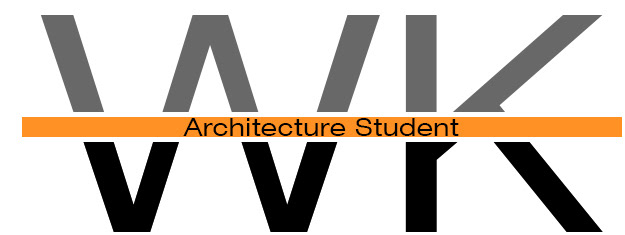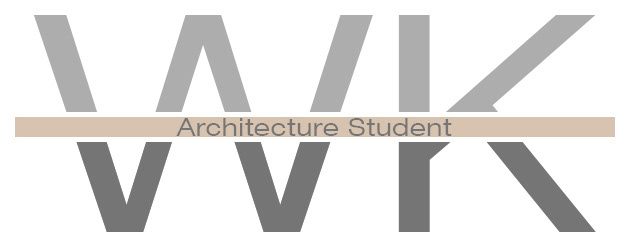Kaleidoscopic Assemblies: The Lens of the Architectural Complexity
Project derived within a Advanced Studio course at Columbia University GSAPP led by Bernard Tschumi.
Architectural education breaks down conventional ideas and expands the way students think until they see the world through a different lens - a kaleidoscopic lens that makes it impossible to ignore the multitude of assemblies involved in creating architecture.
What is the role of architectural schools and the studio?
Studio as Movement + Gathering

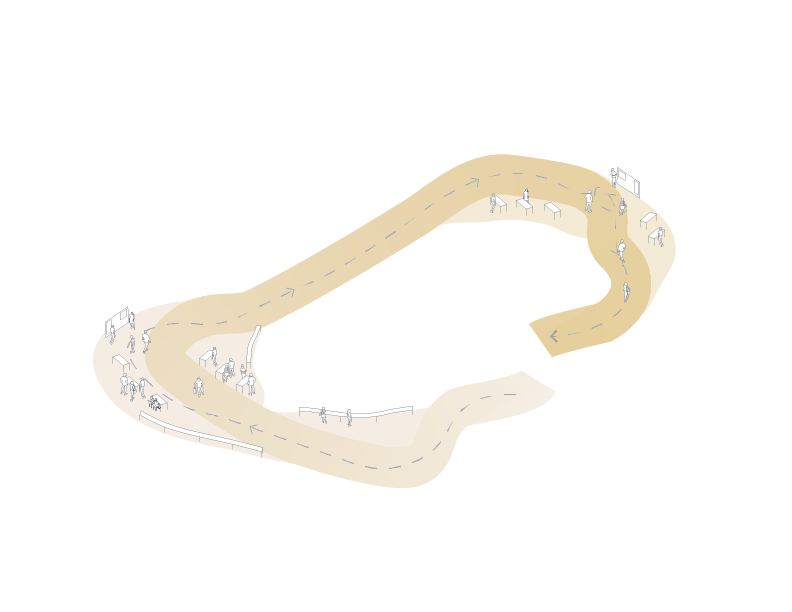
The studio maximizes the potential of encountering as one moves through the spaces. Students learn in a collaborative atmosphere by doing, observing, and being observed.
Flexible space for collaborative work, providing different levels of privacy.
Program


Typology
Movement in Plan


Significant Movement Attributes

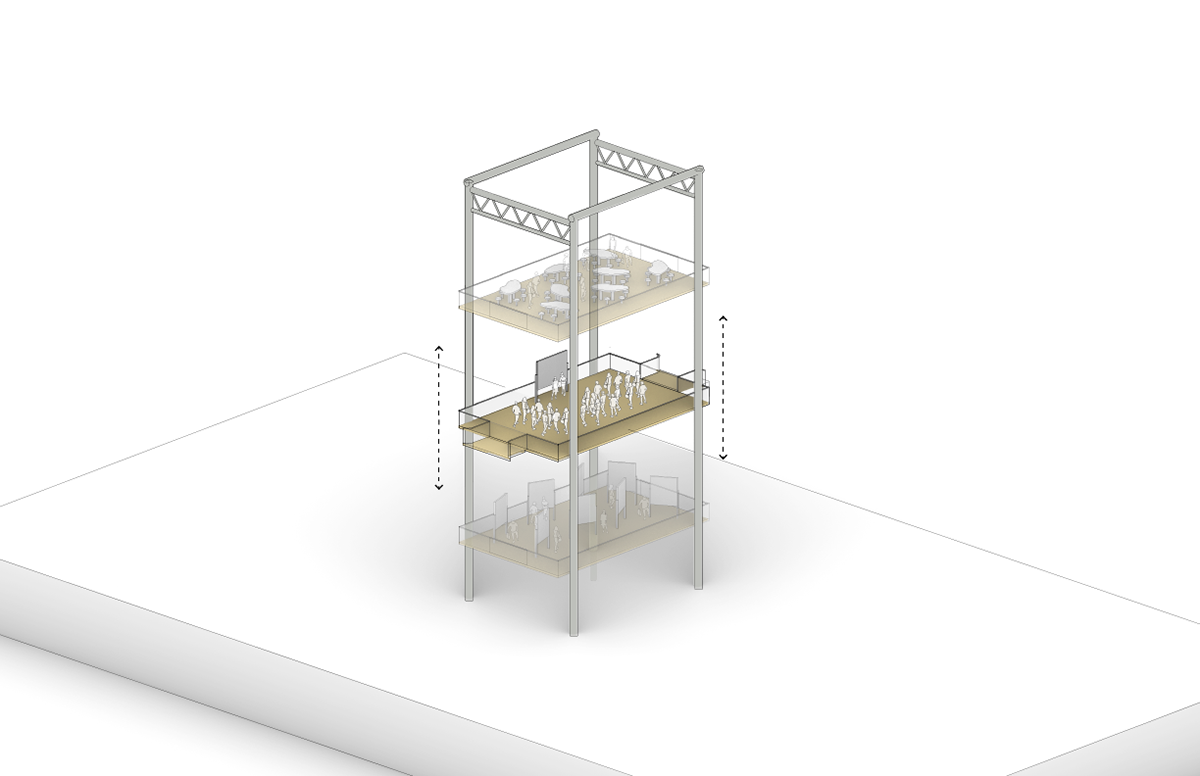
Floor Plans
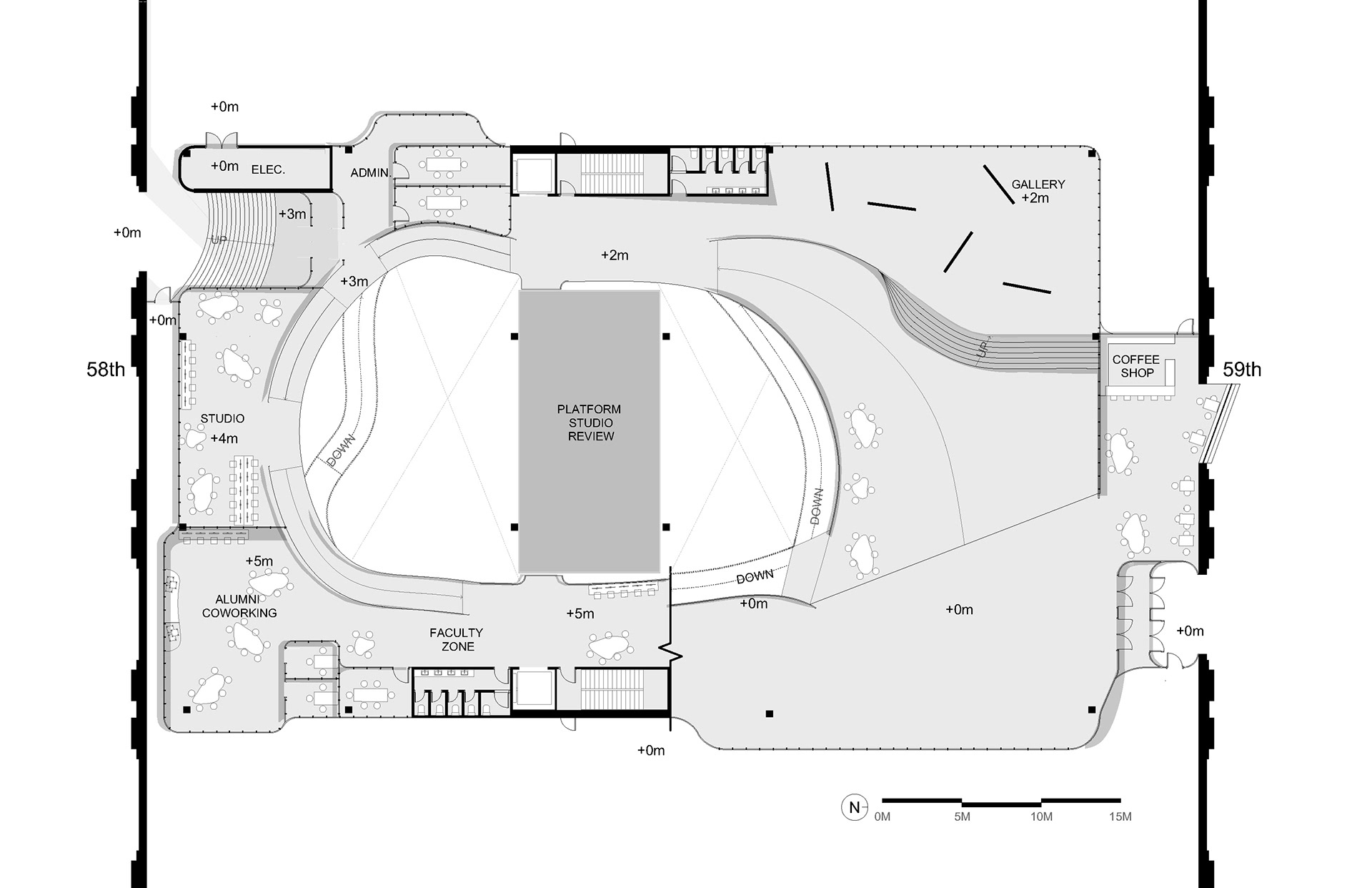

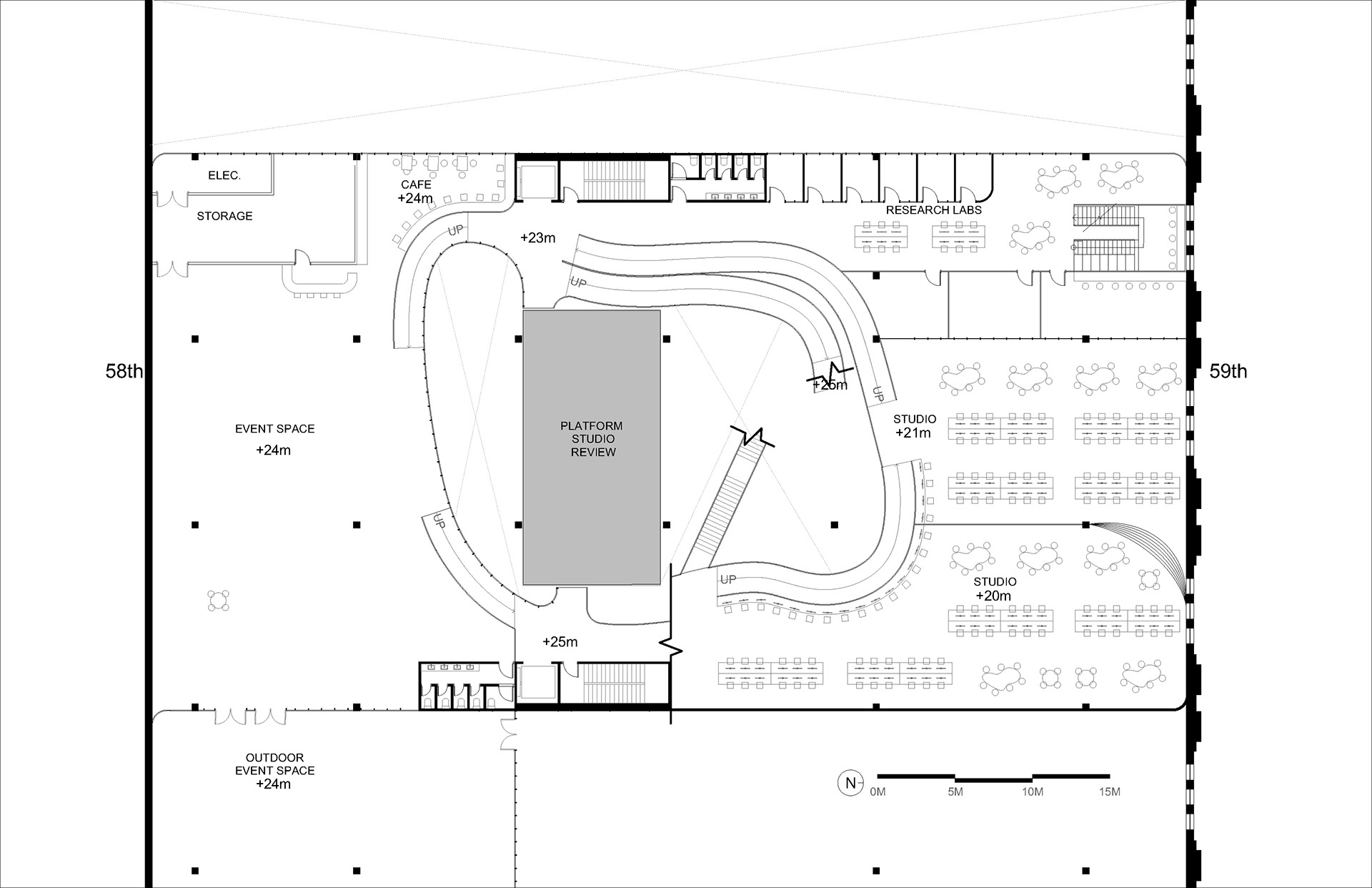
Proposed Section
Existing Building Changes
The studio’s primary purpose is to provide a gathering space, where students learn by doing, collaborating, observing, and being observed. Rather than being an enclosed room, the studio must become the movement of the building, performing as a spread of active spaces for gathering and the constant repositioning of the architectural lens.
Kaleidoscopic Assemblies explore new paths and imagine new ways of understanding architecture - shaking up the discourse and re-assembling fragments into a new architectural perception.
